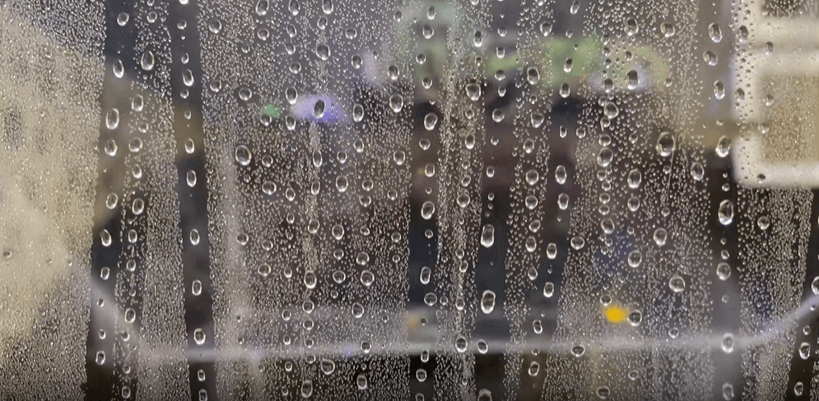FOREST UNDERSOUND

Biology and Music
Description:
Forest UnderSound is an invitation to consider the sentience of fungi. Sentience is the ability to perceive one’s environment, and experience sensations such as pain and suffering, or pleasure and comfort. Many countries acknowledge animal sentience, and animals’ ability to experience pain, fear, distress, hunger, and thirst in their laws, which are designed to protect animals from such suffering. In 1997, the European Union agreed to recognize animals as sentient beings under European law. Animals and fungi share a common ancestor and branched away from plants approximately 1.1 billion years ago. It was only later that animals and fungi separated on the genealogical tree of life, making fungi more closely related to humans than plants.
For Forest UnderSound, mycelium from Ganoderma lucidum (Reishi/Lingzhi) and Pleurotus ostreatus (oyster mushrooms), along with mycorrhizal fungi growing and connecting within the roots of various plants, have been cultivated.
Both the plant roots and mycelium have electrodes connected to them that send biodata into purpose-built circuits, which detect micro-fluctuations in conductivity between 1,000-100,000 of a second. This biodata is then translated in real-time to control analog and digital synthesizers. Empirically, when fully connected and music is being generated, Mycelium consistently generates periodic patterns that are both enigmatic but also very musical. For reasons that I do not fully understand, Mycelium reacts to the proximity of some people more than others. Growing more frenetic or more harmonic or completely silent, when humans are present.
For the first iteration of Forest UnderSound fungi and plants will be allowed to grow over approximately seven months, creating a real-time fungi forest soundscape. The soundscape changes over the seasons as the fungi and plants grow. During the 2021 Winter, Spring, Summer, and Fall this soundscape will be recorded. Recordings take place on each of the four equinoxes.
See more at: https://archive.aec.at/prix/showmode/66859/

